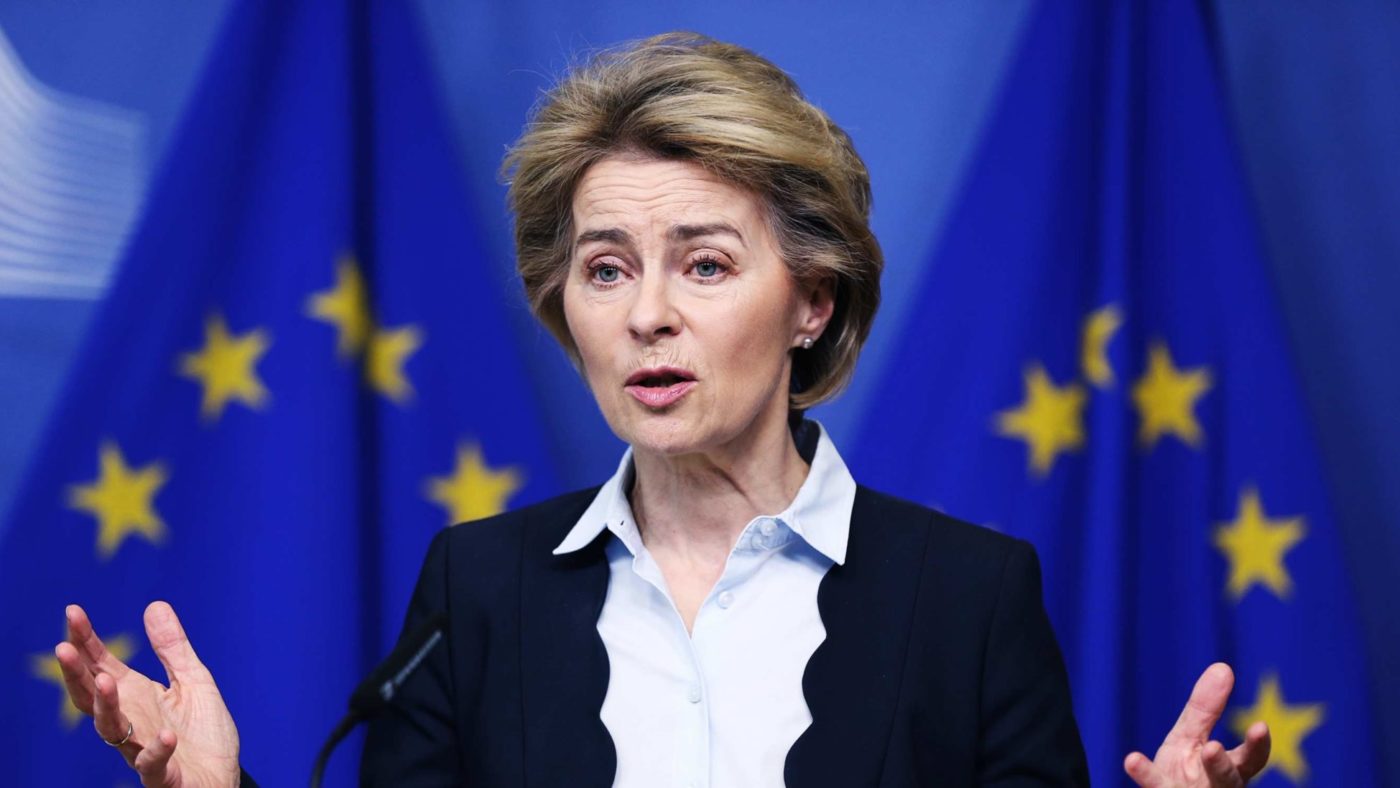The conflict in Ukraine has been a wake-up call. Not only did it show again that Russia is an immediate military threat to its neighbours, but it revealed that defence spending can be eaten up very quickly when ice-cold relations become a hot war. Europe and the United States have acted to provide Ukraine with military and financial assistance, but we have found that our cupboards have been rapidly emptied. Last year, European Union countries supplied Ukraine with just 500,000 shells. With Russian forces firing 10,000 rounds a day, it wasn’t nearly enough.
The West has grasped that its defence industrial base is inadequate, and that it needs to increase its capacity by a huge order of magnitude. The President of the European Commission, Ursula von der Leyen, decided last month to seek a second five-year term when her current tenure expires later this year, and she has made reform and improvement of the EU’s defence capacity a central part of her manifesto. As part of this, on March 5 the Commission published the first European Defence Industrial Strategy, which sets out the actions the EU will take between now and 2035.
The purpose of the strategy is essentially to do more and do it more efficiently, though it is swaddled in the awkward, stilted jargon which afflicts Brussels. It aims to support ‘a more efficient expression of the Member States’ collective defence demand’ and ‘mainstream a defence readiness culture across policies’. But the headlines are clear. The EU intends to procure 40% of defence equipment ‘in a collaborative manner’ by 2030. It also intends to ensure by the same date that the value of intra-EU defence trade represents at least 35% of the value of the EU defence market; and spend 50% of defence procurement within the European Union by 2030 and 60% by 2035.
There is very little additional spending. In the period 2025-27, there will be ‘financial support’ of €1.5bn; even Margrethe Vestager, Executive Vice President of the Commission, conceded this was ‘not much money’. For context, it is not much more than the cost of one of the Royal Navy’s Type 42 destroyers, to be spent on behalf of the whole EU over three years. Instead, the strategy relies on better organisation and methodology to boost the production and output of the European defence sector. What the Commission has concocted is a solution which is bureaucratic, protectionist, short on direct action and a potentially duplicative and divisive fissure between the EU and NATO.
It is certainly a boom time for acronyms. There will be a Structure for European Armament Programme (SEAP) to assist cooperation, but this will operate within the framework of Permanent Structured Cooperation (PESCO). Financing may be improved by a Fund to Accelerate defence Supply chains Transformation (FAST). And governance will be overseen by a Defence Industrial Readiness Board (DIRB).
Looming over everything is the potential re-election of Donald Trump as President of the United States. His scepticism about American support for Ukraine and the long-term US commitment to European security is well known, and he has a point when he argues that European members of NATO have consistently underperformed on their financial commitments. It would be sensible for Europe, in making efforts to boost its defence industrial capacity, to go some way to reassure sceptics on burden-sharing and to emphasise their devotion to giving more money to defence.
The Commission’s strategy explicitly seeks to diminish European spending with non-EU manufacturers. It means less business for Lockheed Martin, for Northrop Grumman, for RTX Corporation. Given what we know of Trump’s approach to international trade policy, he is only likely to see this an attack on his ‘America First’ agenda. It also has implications for BAE Systems, headquartered in London. Highlighting the areas in which the EU and Nato do not overlap – the US, the UK, Canada and Turkey – could hardly be a worse move in terms of co-ordinating the West’s military efforts.
Thierry Breton, the internal market commissioner into whose purview the nuts and bolts of the defence strategy fall, has argued that a ‘stronger Europe in Nato means a stronger Nato’. It is a fine slogan. But if that strengthening of Europe excludes as a matter of policy the industrial base of Nato members, and seeks to increase the influence of the European Commission, it is a nonsense.
‘It’s in my nature’ protests the scorpion after stinging the frog, as they both face drowning. Perhaps one should not have expected anything except a bureaucratic and protectionist approach from the European Union. It is hard to see, however, that this profusion of systems and structures, sweetened by a tiny expenditure of €500m per annum across 27 member states, is an adequate response to a crisis which needs millions of shells en route to Kyiv and the front line now.
Nato will next month celebrate the 75th anniversary of the North Atlantic Treaty which brought it into being. It has since been the mainstay of Western security. It is a pity that the EU has decided acting outside of its existing structures is the best way to strengthen the West’s defences.
Click here to subscribe to our daily briefing – the best pieces from CapX and across the web.
CapX depends on the generosity of its readers. If you value what we do, please consider making a donation.


